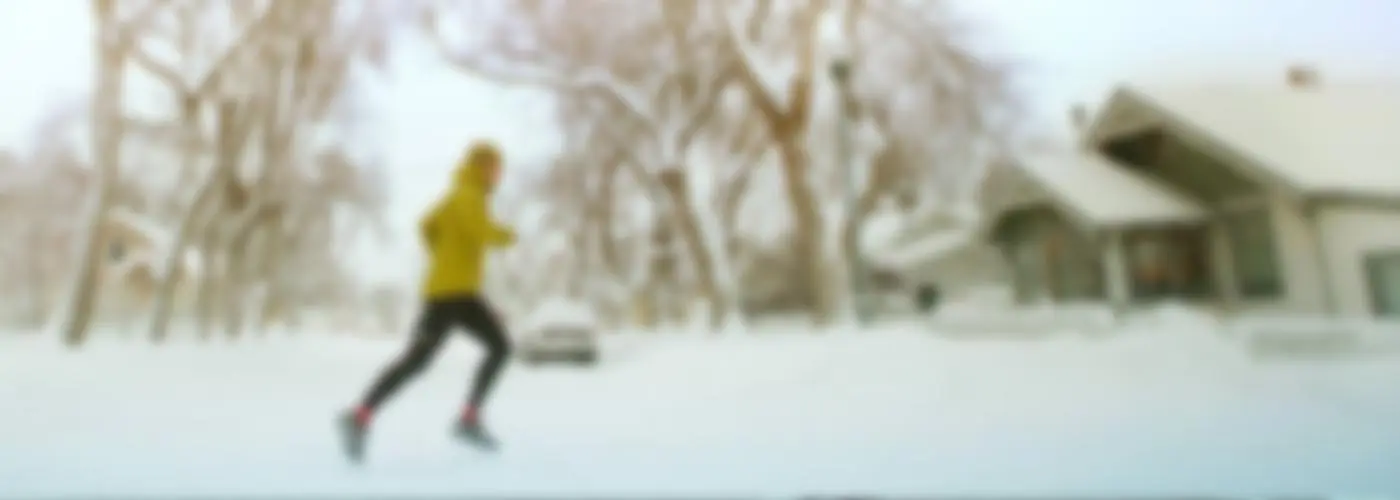But you have to be careful—you can do damage to muscles if you overstretch them, and for this reason, I always make sure an athlete is in the right frame of mind to the learn this work. "No Pain, No Gain" is the antithesis of this work. Athletes need to inhale and exhale while doing the work, with the exhale happening when the muscle is lengthening. Personally, I've found AIF to be not only more enjoyable than yoga, but also more contemplative. When I get into the groove, there is a great synergy between the flexibility movements and my breath—a synergy that I've never been able to find during a yoga session.
More: 3 Ways to Breathe Better
This work is challenging to learn, but it's helped so many athletes, including Olympic silver medalist and 2009 New York City Marathon champion Meb Keflezighi, as well as former marathon world record-holder Khalid Khannouchi, come back from injuries that many thought were career-ending. Keflezighi and Khannouchi implemented Active Isolated Flexibility into their training several times a day, and eventually came back to running at their highest levels.
To help you learn this important system, check out Flexibility for Runners, a DVD that contains four different routines that you can use daily to reduce injury, and gain symmetry as a runner. You can learn more about the DVDs at RunningDVDs.com, where we sell both downloads and DVDs for all our video series.
The Best Strength Workout for Runners
The strengthening of minor muscles is key for runners who want to stay injury free. The problem with the strengthening work that I've learned from Phil and Jim Wharton is that it's a bit boring. But let's be honest—we've all been out on a run that's boring, a run that doesn't excite our souls the way a race or energizing workout does.
More: Bill Rodgers' Tips to Beat Boredom
It's at this point where you have to make a choice: Do you want to do the work that will reduce the chance of injury and help you run faster, or do you want to keep doing the things that have gotten you to your current PRs? If you want to do things you've never done before, you've got to do things you've never done before. So, if you want to run faster and if you want to be more consistent in your training, I highly recommend the foot and ankle videos we're sharing for free on the RunningDVDs YouTube page. The first workout is a simple 10-minute routine focused on flexibility of the feet, ankle and toes. We also share several strengthening exercises you can do at home for the feet and ankles.
More: 4 Exercises to Strengthen AnklesWhy are your feet and ankles so important? So many injuries come from the fact that the feet and ankles aren't working properly. Some issues, such as fallen arches, can be corrected by doing the flexibility exercises and strengthening exercises we've shared on YouTube. It won't happen overnight, but after several weeks of doing this work daily, you will feel a difference in your feet and will feel stronger when running.
As a famous track coach once told me, the human foot is the best shock-absorber ever known to man. But the problem is that most Westerners have been in shoes their entire lives, and they lack the "foot intrinsics" seen in humans who have been barefoot their entire lives.
More: Is Barefoot the "Perfect" Running Shoe?
Now, I'm sure you're thinking, "But won't I strengthen my feet if I get a pair of minimalist shoes?" You might ? and you might not. For some people, the transition to minimalist footwear is too abrupt, and they experience a foot injury. The flexibility and strengthening work we're sharing with you should be thought of as a necessary precursor to daily training in minimalist footwear. You might be fine switching to a minimalist shoe, but you might also get a foot injury. It's better to spend a few weeks strengthening your feet before you decide to change footwear.
More: How to Transition to Minimalist and Barefoot Running
I'm confident that if you can take just a small amount of time each day to infuse the ankle and foot exercises and Active Isolated Flexibility into your training, you'll gain consistency and run new PRs.
More: 3 Ways for Runners to Achieve a PR
 Sign up for your next race.
Sign up for your next race.
- 2
- of
- 2
About the Author

Get ACTIVE on the Go


Couch to 5K®
The best way to get new runners off the couch and across the finish line of their first 5K.
Available for iOS | Android






Discuss This Article